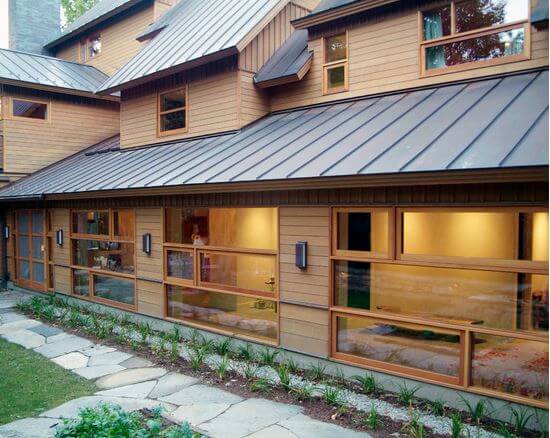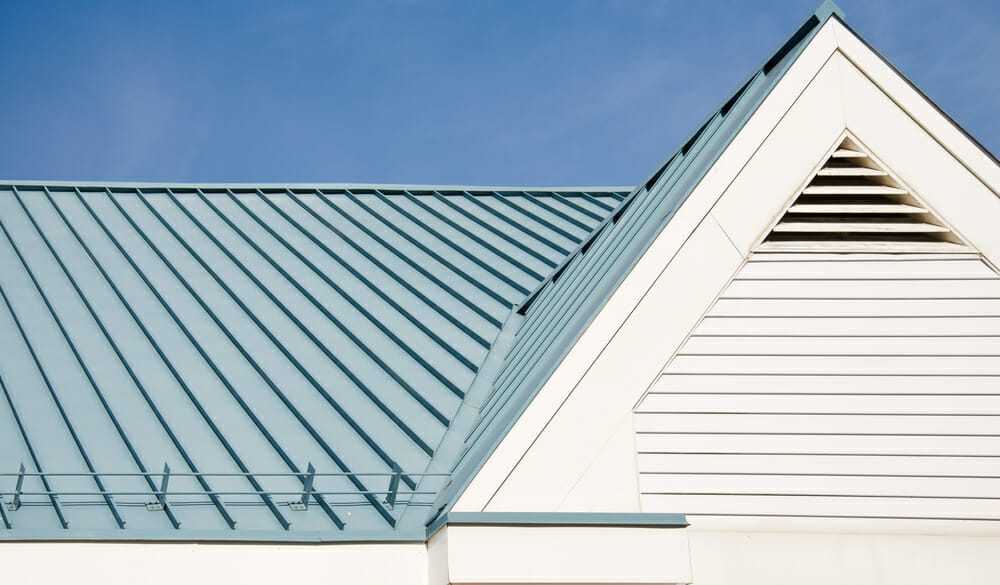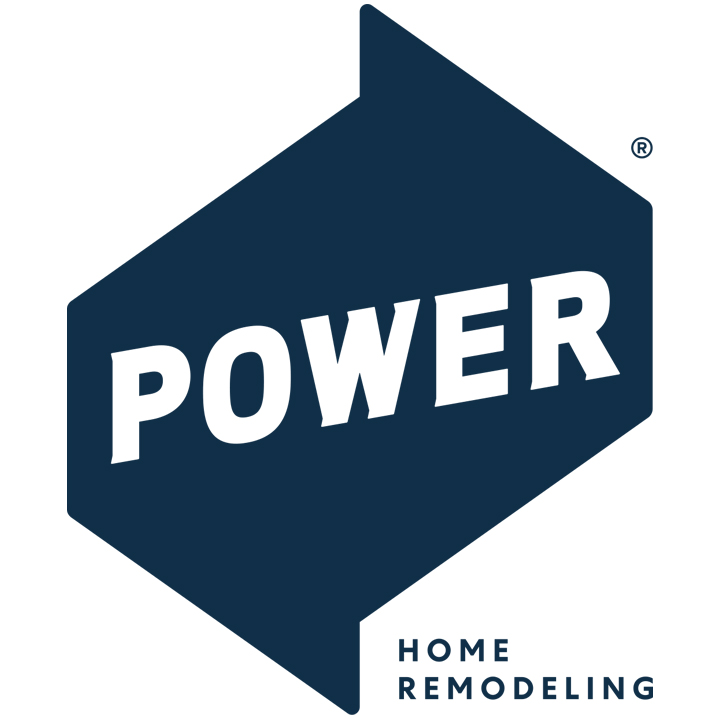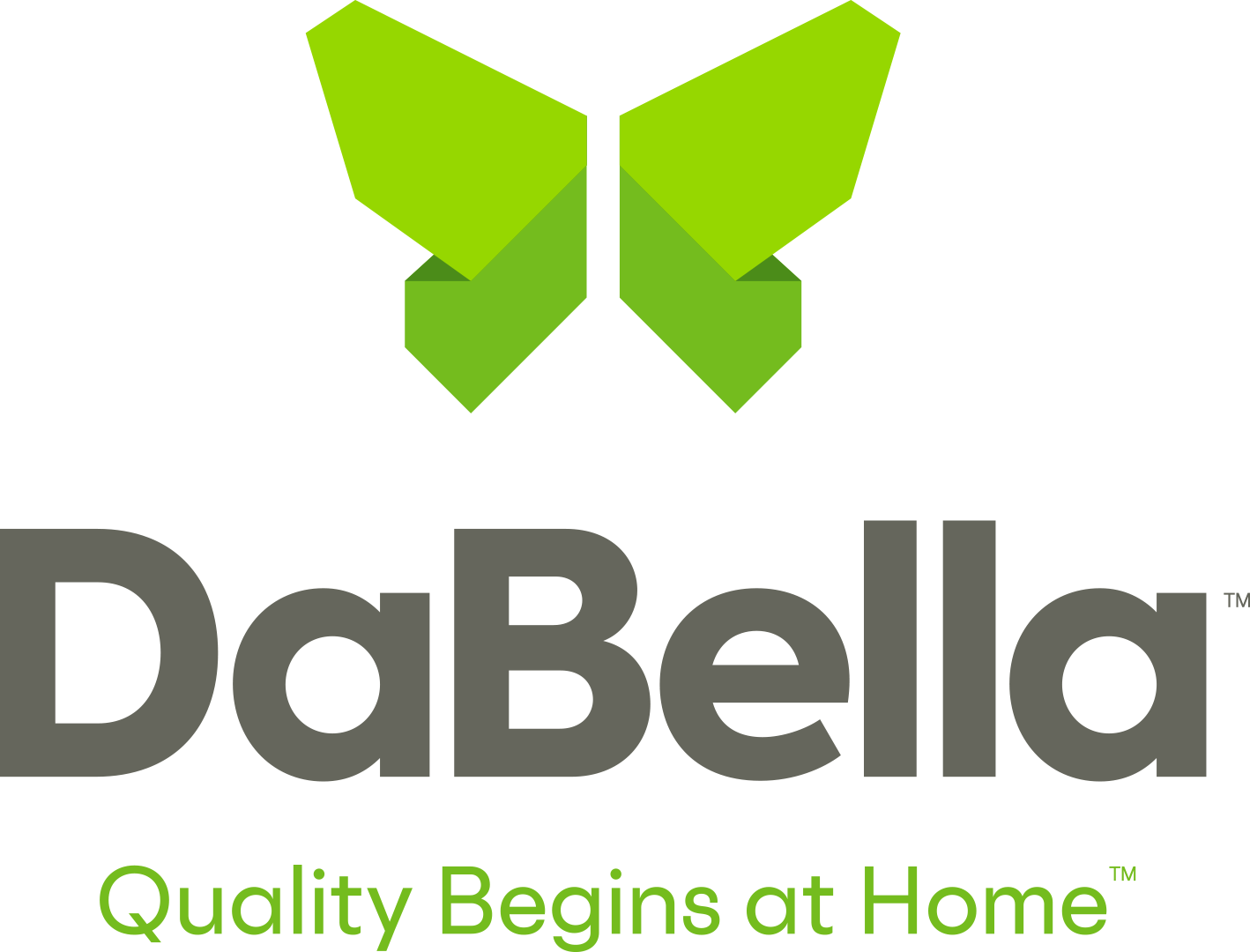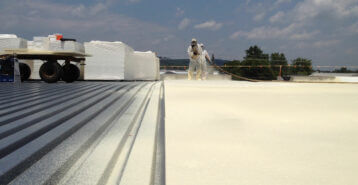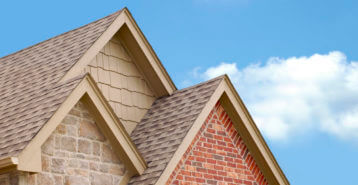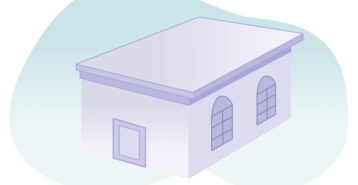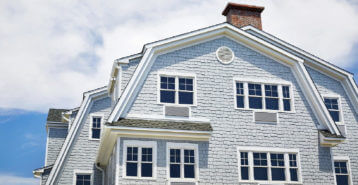What is Metal Roofing?
Metal roofing is made up of metals like, aluminum, copper, steel, tin, and zinc. They come in the form of corrugated metals, slate roofs, or tile roofs. Metal roofing may be right for you if you are looking for something with an impressive life span, sturdiness, low maintenance, and great ROI. It is a one time investment which can last 50 to 80 years or more depending upon the metal type. Let’s start digging in to all you need to know about metal roofs.
In this article, let’s take a look at the pros and cons of this material, the different types and styles available, and why you may want to consider it for your own home.
Benefits of Metal Roofing
Metal roofing offers several benefits, including:
Longevity
With periodic upkeep and careful selection of roofing material, a metal roof can last 40 to 70 years or more, depending on the type of metal you choose. In contrast to this, traditional roofing materials like shingles often require replacement every 10 to 20 years. This extended lifespan makes metal roofing a truly lasting investment in your home’s future.
Durability
All metal roofing materials are highly durable, especially in regions prone to harsh weather conditions. They are an an ideal choice for areas frequently visited by hurricanes, capable of withstanding winds of up to 140 mph. When it comes to safeguarding your home from the elements, metal roofing is a reliable choice.
Easy Maintenance
Maintaining a metal roof is refreshingly straightforward. Routine tasks such as gutter cleaning and debris removal can be managed on an annual basis or following adverse weather. Pressure washing can also effectively eliminate moss, dirt, and algae, restoring the roof’s luster. For more substantial maintenance, including repairing damaged components or sealing holes, it’s recommended to enlist the services of professional roofers.
Environmentally Conscious
Metal, as one of the most recyclable materials, aligns perfectly with eco-friendly values. Metal roofing materials are fully recyclable, contributing to a reduction in landfill waste. Furthermore, the infrequent need for replacement ensures minimal environmental impact, making metal roofing a sustainable choice.
Enhanced Home Resale Value
Investing in a meticulously installed metal roofing system can substantially boost your home’s resale value. Prospective buyers are drawn to the assurance of a sturdy, long-lasting roof that minimizes potential issues like leaks and mold.
Energy Efficiency
The reflective properties of metal roofing and its remarkable heat-blocking abilities translate to notable energy efficiency. By reflecting sunlight and preventing heat absorption, metal roofs contribute to reduced cooling costs. Advanced reflective coatings are also available, adding an extra layer of UV ray protection and further decreasing energy consumption.
Fire and Weather Resistance
Metal roofing provides resistance to elements and with its durability, it is an ideal choice for homes exposed to diverse weather challenges. It’s built to endure storms, high temperatures, hurricanes, and even provides added protection against the threat of wildfires. The material is also fire-resistant to add a layer of safety to your home.
Lightweight
The lightweight nature of metal roofing minimizes stress on roof structures and house foundations, setting it apart from heavier alternatives like tiles and asphalt. This reduced weight not only enhances overall stability but also contributes to the long-term integrity of your home.
Types of Metal Roofing
There are 5 different metal types that are used in metal roofing. Each of these types differ in their features, cost and longevity.
Aluminum Roofing
Aluminium roofing is most popular for its longevity and light weight. Since aluminium is a thin and soft metal, it does not add a lot of weight to the roof structure. However, it can also dent or bend more easily compared to steel. Aluminium roof does not corrode as easily as steel and other metal types which adds to its long life. If you live in regions near saltwater, aluminium would be good choice for you for that reason.
Since aluminium roofs reflect solar heat, it can also help you keep your homes cooler in warmer climatic zone. The average cost for installing aluminium roof is between $2.20 to $12.
Copper Roofing
Copper is considered more high-end roofing material owing to its cost and the aesthetic value it brings to roofs with its color and style. However, it is very common for copper to oxidize and turn green in approximately 20 years. So while installation you can ask your contractor to give a clear polyurethane coat or a clear lacquer to preserve the natural new shine of your copper roof.
Even though copper is a good electric conductor, electricity is not drawn to it. Hence, its fire resistant qualities reduce fire caused by lightning. The average cost of installing copper roof ranges between $13.54 and $24.69 per square foot.
Corrugated Roofing
Corrugated metal roofs are made of galvanised iron or steel that are shaped into wavy patterns with ridges and grooves to provide a designed look.
Corrugated steel roofing panels are thin and lightweight, which means it can be installed over an existing roofing. This cuts down on the costs of removing old roofing. However, the quality tends to match the price, as these metal panels are vulnerable to leaks and rust. The average installation cost for corrugated roofs is $3.50 to $6.50 per square foot.
Steel Roofing
Steel is the most common type of metal roofing material due its is strength and affordability. Although is it s heavier than other metal types, it is more durable and easy to install.
Steel roofs are often coated with epoxy or galvanised coating to help protect from corrosion and add color to the material. This can increase the longevity of steel roofing to last 40 to 70 years. The average cost to install steel roofing is $6 – $12 per square foot.
Tin Roofing
Tin roofs are made by chemically bonding steel through a plating process where steel is heated and saturated with tin. The steel and tin molecules rapidly vibrate, interlock, and bond due to heat making your tin roof durable and resistant to cracking. The average cost to install tin roof is $3 to $15 per square foot.
Zinc Roofing
Zinc is one of the oldest metal material in use for roofing. It is also foldable like aluminium but far more durable. Since their foldable quality does not change their structural strength and durability, they are crack and erosion resistant and can withstand harsh climatic conditions as well.
Zinc is a green environment material and is completely recyclable and maintains a low toxicity level. And as it has a low melting point the energy required to produce zinc is lesser too. If properly installed, zinc can last up to a century as well. The average cost to install zinc roof ranges from $6 to $11 per square foot.
Learn more about metal roofing costs and the factors involved here.
Styles of Metal Roofing
Metal roofing offers an array of designs, styles, colors, and quality options that extend far beyond mere flat metal sheets. The choice of style and design can impact both the external beauty of your home and the structural stability of your building.
Standing Seam Metal Roofing
Also called vertical seam, the standing seam roof system is created by twist by concealing fasteners beneath two vertical legs. A panel nestled between the two vertical legs, spanning a range of 12 to 18 inches. The attachment to the roof framing occurs through a clip or direct fastening to the deck via a fastener flange to provide a sleek and modern appearance.
There is also a variation of exposed fasteners consisting overlapping panels fastened directly through the surface onto the roof framing. These exposed fasteners are painted to match the roof’s color, seamlessly camouflaging them for enhanced aesthetics.
Metal Shingles
Simulated slate metal shingles present the classic look of slate roof tiles, coupled with the benefits of metal roofing material. Unlike traditional slate tiles that can be heavy and stress roof structures, metal slate shingles offer the same aesthetic without the excess weight. This ensures a visually appealing roof without compromising the integrity of the house.
A strategic airspace between the roof deck and the metal shingle reduces the conductive flow of heat, ensuring year-round comfort. Consider supplementing this with additional insulation during winter months to maintain optimal coziness.
Stone Coated Metal Shingles
Stone-coated metal shingles are a good choice for those seeking the appearance of traditional stone and asphalt shingles while enjoying the robustness of metal. By eliminating common issues associated with asphalt shingles, such as frequent repairs and replacements due to weather conditions, these shingles offer a seamless and aesthetically pleasing roofing solution.
Metal Tiles
Simulated metal tile roofing brings the elegance of ceramic tiles with the added benefits of a metal material. These tiles, when coated and colored appropriately, can mimic the appearance of traditional tiles while being lighter and more durable. The reduced stress they exert on roof structures further enhances their efficiency as a roofing material.
Metal Roofing Maintenance
The long-life of your metal roof can be enhanced with these recommended maintenance tips.
Roof Coating
From the factory, your metal roof products will be coated with either zinc (galvanized) or a mixture of aluminum and zinc (galvalume or zincalume). Of those options, galvalume is the longest lasting. All roof coatings are available in varying levels of thicknesses. Thicker coatings will absolutely last longer, but will also cost more initially. No matter which coating you select though, at some point, long term exposure to the elements will deteriorate the protective finish and you will need to recoat. A simple recoat with a polymer coating (Kynar is the most popular) will restore your metal roof to like-new conditions.
Roof Cleaning
To wash, use simple soap and water – a hose or a pressure washer can be used, but avoid abrasive tools like wire brushes or steel wool that can scratch your roof. If you do scratch your roof, the scratched area can be wiped down with mineral spirits and touch up paint can be applied with a paintbrush. The long-life of your metal roof can be enhanced with proper maintenance.
Metal Roofing Energy-Efficiency
Traditional roofing products contribute an estimated 20 billion pounds of waste to U.S. landfills on an annual basis. Metal roofing systems are more eco-friendly options as they are made from 30% to 60% recycled material (and is 100% recyclable) and can be installed over an existing roof, eliminating the out-of-pocket cost, as well as the environmental impact of taking off and disposing an old roof.
Most metal roofing products make use of reflective pigment technology, making your home more energy efficient and decreasing your monthly utility bills by up to 40%.
Reflective pigment technology comes in the form of a simple coating that enables metal roofs to reflect heat in the summer, while providing superior insulation in the winter. Metal roof systems provides long-term energy savings, while decreasing your overall environmental impact.
Things to Consider with Metal Roofs
- Initial Cost: Metal roofing materials and installation can be more expensive than traditional options like asphalt shingles. While the long-term benefits may offset this expense, the upfront investment can be a significant factor for some homeowners.
- Noise Levels: During heavy rain or hail, metal roofs can be noisier. insulation and underlayment can mitigate this to some extent.
- Denting and Scratching: Metal roofs, especially softer metals, may dent or scratch from impacts. This can occur due to falling branches, hail, or even foot traffic during maintenance.
- Expansion and Contraction: Metal roofing materials can expand and contract with changes in temperature, potentially leading to the loosening of fasteners over time.
- Thermal Conductivity: Metal is a highly conductive material, meaning it can transfer heat and cold more readily than some other roofing materials. In extreme temperatures, this can lead to higher energy transfer, potentially impacting the home’s energy efficiency. But as long as your attic is properly insulated, your home will stay just as toasty as any other home in the winter.
It’s important to note that while these potential disadvantages exist, they may not be equally relevant or concerning for every homeowner. Each homeowner’s priorities, budget, and geographic location should be carefully considered when evaluating whether metal roofing is the right choice for their specific circumstances.
Roofing projects, especially those involving metal materials, can pose safety risks if not executed properly. Professional contractors are well-versed in safety protocols and have the appropriate safety gear to mitigate potential hazards. This ensures the safety of both the roofing team and your property during the installation process. We recommend that you hire a professional metal roof installer who can inspect and evaluate the best option for your home.
Compare top-rated roofing pros in your area.
Read real homeowner reviews, explore qualifications, and view promotions. Modernize makes it easy to browse professionals and find one that will be perfect for your project.
